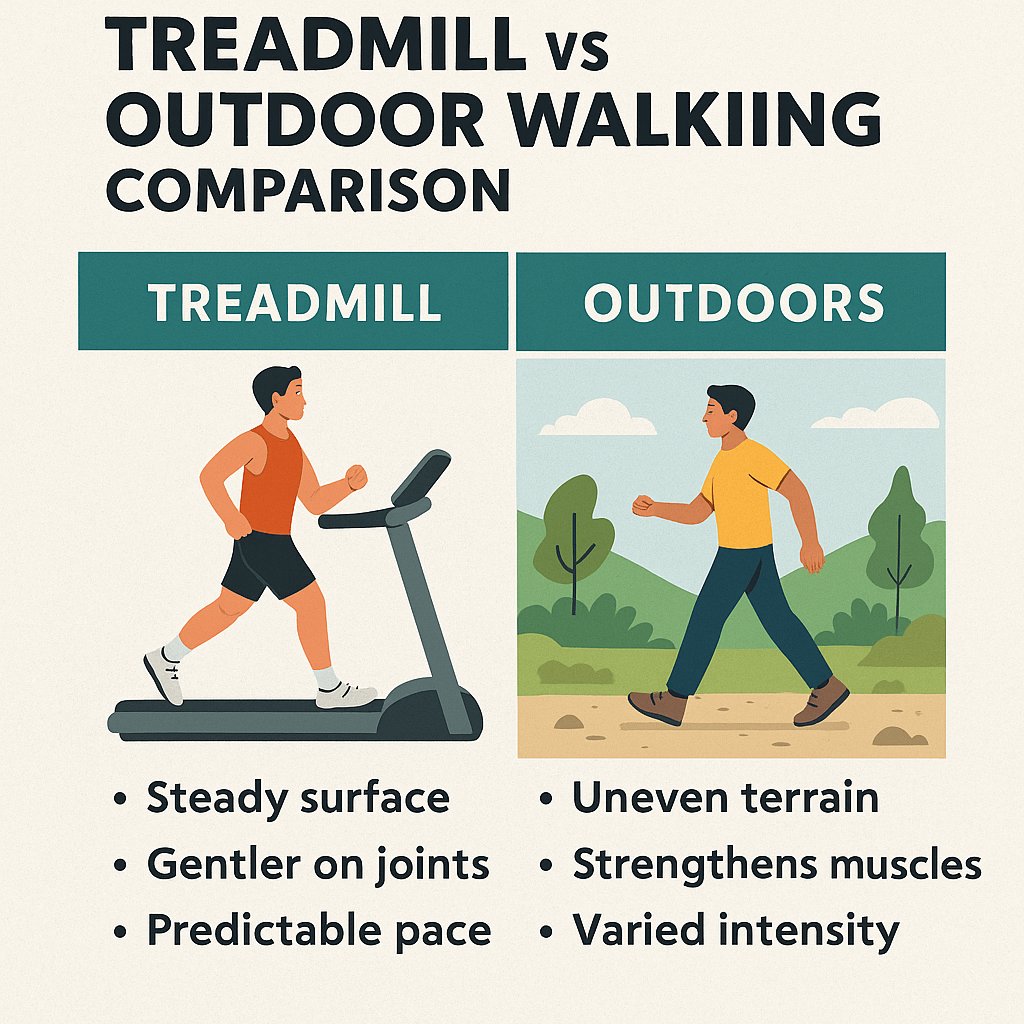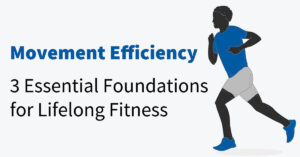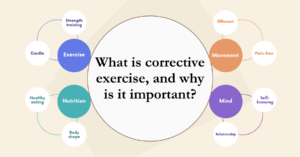Walking is one of the most ordinary, yet most extraordinary, things the body does. For thousands of years, it wasn’t a choice or a chore — it was simply how humans lived. We walked to gather, to travel, to survive. No one thought of it as “exercise”; it was the body moving in the way it had evolved to, shaped by the demands of staying alive.
Today, life looks very different. We sit for long hours, and instead of moving naturally throughout the day, we often confine walking to set moments — a treadmill session, a quick stroll, or a workout class.
This shift in how we move raises a familiar question: treadmill vs outdoor walking. Which feels easier on the joints? Which builds more fitness? Which truly serves the body best?
For understanding the body, the answer isn’t found in charts or numbers. What matters is the ground beneath the feet and the way each step meets it. A treadmill offers one type of surface and rhythm; outdoor paths provide another. The body simply responds, adapting step by step to the world it encounters.
This is the heart of the treadmill vs outdoor walking debate.

Table of Contents
How the Body Walks: A Natural Rhythm
Walking is not a modern trick but an ancient pattern shaped by evolution. Each step carries echoes of survival: the heel strikes, the ankle and knee bend to absorb shock, weight flows through the arch, and the toes push the body forward.
The hips rotate, the spine shifts, and the arms swing in balance. Underneath it all, small stabiliser muscles keep the body steady. On flat ground their work is subtle; on uneven terrain they fire more strongly, correcting and adjusting with each step.
What looks simple is actually a layered coordination, refined over millennia of moving across landscapes. Walking is less a single repeated action than an ongoing conversation between body and ground — one that changes whether the surface is natural earth or the belt of a machine.
Walking on a Treadmill: How the Body Experiences It
A recent invention, the treadmill allows people to recreate movement indoors when weather, safety concerns, or space constraints prevent them from going outside. For the body, it offers an artificial but reliable environment.
The pace is set by the machine. The belt slides smoothly underfoot. The surface absorbs some of the force that would otherwise travel through joints.
This predictability has clear benefits. After injury or when joints are sore, the treadmill’s steady surface allows walking without sudden shocks or hidden obstacles. Its rhythm is uniform, its safety obvious.
Yet sameness brings limits. The body evolved to expect change — slopes, uneven ground, sudden turns. On a treadmill, steps repeat almost identically. Stabilisers, once crucial on rocky paths, are barely called into action. Balance is less tested, and the nervous system receives fewer surprises.
The treadmill allows movement, but it cannot recreate the fuller demands of walking as the body once knew it.
Walking Outdoors: The Body in Its Natural Environment
Walking outside returns the body to something closer to its evolutionary ground. Each step meets a slightly different surface — the crunch of gravel, the uneven press of grass, or the firmness of pavement.
- Varied load: Surfaces shift, forcing joints and muscles to adapt.
- Challenge and resilience: Uneven ground awakens stabilisers and balance systems.
- Full sensory input: Light, wind, smells, and sounds reach the senses, linking movement to the wider world.
This variety strengthens bones, tunes muscles, and keeps the body alert. But the outdoors also carries risks: slippery pavements, steep climbs, or poor weather can make walking difficult or even unsafe.
Yet these very challenges echo the conditions under which walking once meant survival. They are reminders of the environment in which the body was shaped.
Mechanical Differences: Treadmill vs Outdoor Walking
Although both activities are referred to as walking, the body experiences treadmill walking and outdoor walking in very different ways:
- Stride length: On a treadmill, strides are often shorter because the ground moves beneath the feet. Outdoors, stride adjusts naturally to terrain.
- Muscle use: The treadmill belt reduces the effort of pulling the leg back. Outside, the hamstrings and glutes drive the body forward.
- Balance and stability: Outdoor, stabilisers engage constantly with subtle changes in the ground. Indoors, they are rarely challenged.
- Impact: Cushioned belts soften each step. Pavements increase the force through joints. Natural trails sit somewhere in between.
These are not simple pros and cons. They show how the body interacts with each setting: the treadmill as a simplified version of movement and the outdoors as the fuller, more demanding environment it evolved to meet.
What the Body Actually Needs
The body we carry today is the result of long, unbroken history. It was not shaped in gyms or offices but in landscapes where survival depended on movement. For thousands of years, walking was essential: searching for food, covering distances, escaping danger, and exploring new ground.
Bones thickened under weight, muscles adapted to long days on the move, and balance stayed sharp because the ground beneath was rarely even. That process has never stopped. The body still carries the same expectation: to stay alive and vital, it must be used.
If it is not, function fades. Joints stiffen. Muscles weaken. Bones thin. The rhythm of walking is not optional — it is essential.
From this perspective, the body’s needs are clear:
- Consistency: not occasional bursts, but daily repetition, echoing the rhythm of human history.
- Load: the pressure through bones and joints that once came from survival.
- Variety: the constant changes that once came from uneven ground and unpredictable environments.
A treadmill offers some of this: reliable load, steady rhythm, and a way to move when the world outside feels unsafe or polluted or time is short. But it exists because modern life restricts natural movement. If we walked as humans once did — throughout the day, across varied ground — we would never have needed such a machine.
Outdoors, walking is whole. It connects the body to surfaces, light, air, and space in a way no treadmill can imitate. The treadmill is useful when options are limited, but it cannot replace what the body truly evolved for.
The contrast between treadmill vs outdoor walking shows us how modern life creates substitutes for what the body once did naturally — one shaped by machines, the other by landscapes that built us.
Walking itself is not exercise in the deep evolutionary sense — it is the body’s natural rhythm. But when pain, limited mobility, or modern environments restrict movement, walking can serve as a form of aerobic exercise. If you’d like to explore this further, see our full guide on the Health Benefits of Aerobic Exercise.
How to Use Treadmill and Outdoor Walking Together
A treadmill is not the body’s natural ground, but it can be a tool when circumstances limit movement. Its softer belt reduces impact, its steady rhythm removes unpredictability, and it provides a way to keep walking when the outdoors is blocked.
- For sore joints or recovery: the cushioned belt allows the body to move without the sharper strikes of pavement.
- For building resilience: outdoor walking, with its uneven ground, challenges balance and strengthens stabilisers.
- For fitness and endurance: treadmills offer precise pacing and incline settings, while long outdoor walks build stamina through change.
- For modern living: treadmills fill the gap created by lack of time, space, or safe paths. Outdoor walking reconnects the body to the world it evolved in. For practical guidance on building a safe and sustainable walking routine, see the NHS Walking for Health page.
The two are not equals. They don’t form halves of the same whole. But they can complement one another. The treadmill keeps movement possible indoors; outdoor walking keeps the body alive to its true environment.
Conclusion: Returning to Movement
At heart, treadmill vs outdoor walking is not a contest. They are not the same kind of thing. Walking outdoors is what the body was shaped for over thousands of years of survival, exploration, and adaptation.
The treadmill exists because modern life has stripped away much of that natural movement. It offers steadiness, cushioning, and access when options are limited — but it remains a substitute.
What matters is that the body is used. Each step keeps joints, muscles, bones, and balance alive to their purpose. On a belt indoors or a path under open sky, the act itself preserves the rhythm that shaped us.
Walking is not exercise in the narrow modern sense. It is a return to what the body has always done: moving through the world, adapting to the ground beneath it, and staying alive through motion. Every step continues that story.
In the end, treadmill vs outdoor walking is less a contest than a reminder: one belongs to the convenience of today, the other to the long memory of the body.
Walking forms the foundation of daily movement, with other activities building on top of it. You can see where walking belongs in that bigger picture in the Physical Activity Pyramid for Adults and Teens.
Walking Indoors and Out: Your Questions Answered
Is treadmill walking the same as walking outdoors?
No. A treadmill belt creates a steady, cushioned rhythm, while outside the ground constantly changes. The body adapts more fully outdoors.
Which is easier on the joints: treadmill or outdoors?
The treadmill is softer and easier. Pavements are harsher, but variation outside strengthens joints and stabilisers over time.
Does treadmill walking burn fewer calories than outdoor walking?
They are similar. Outdoors may use slightly more energy because of terrain and wind, while the treadmill keeps effort steady.
Which is better for long-term health: outdoor or treadmill walking?
The body evolved for outdoor walking. The treadmill helps when nature isn’t accessible, but outdoors offers the fuller benefit.


